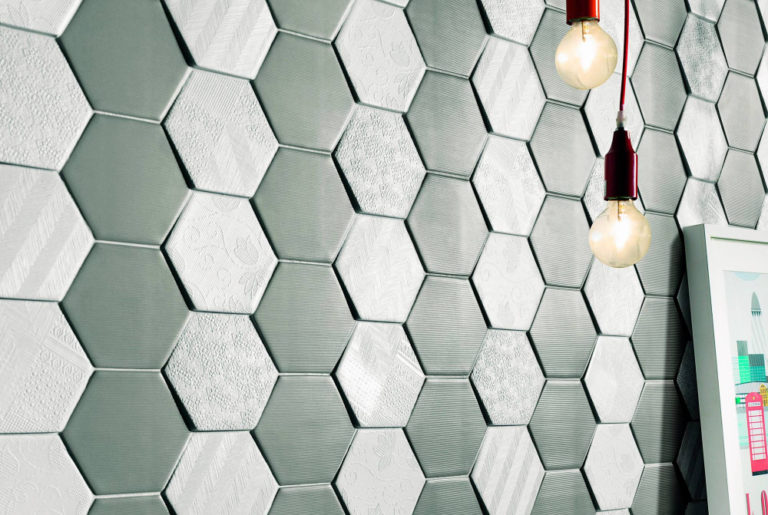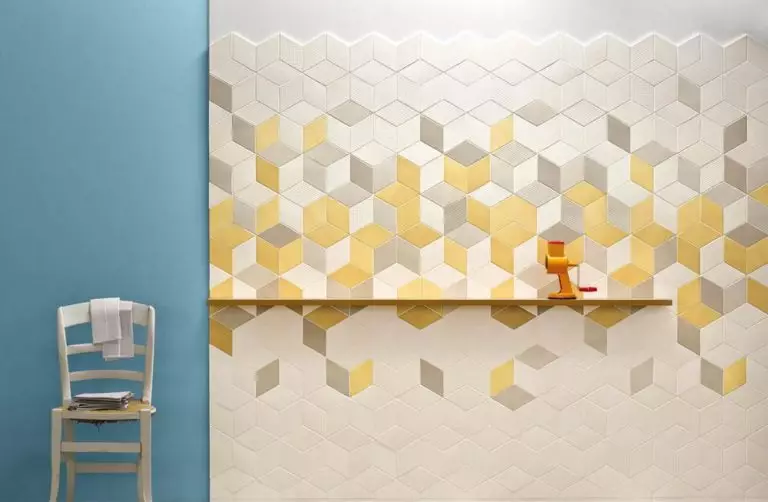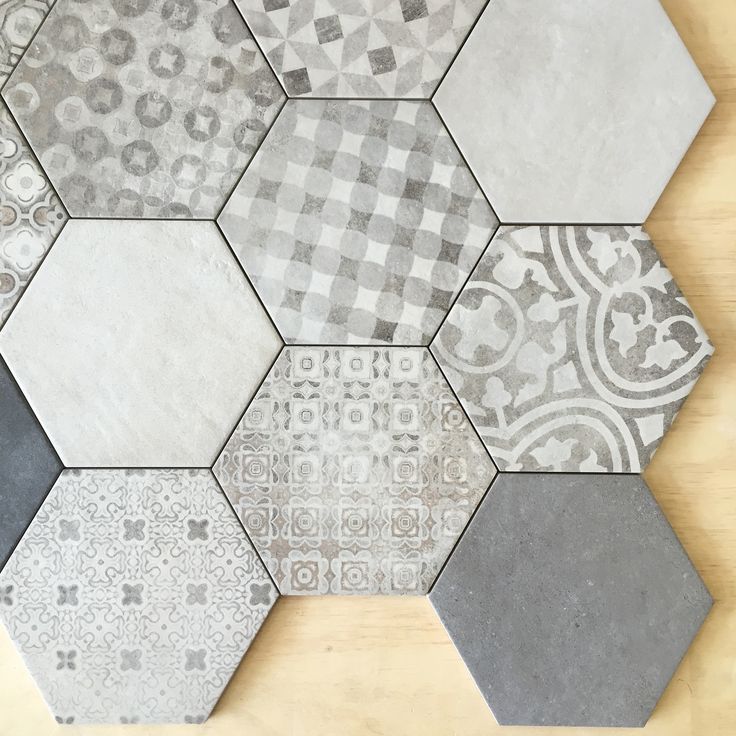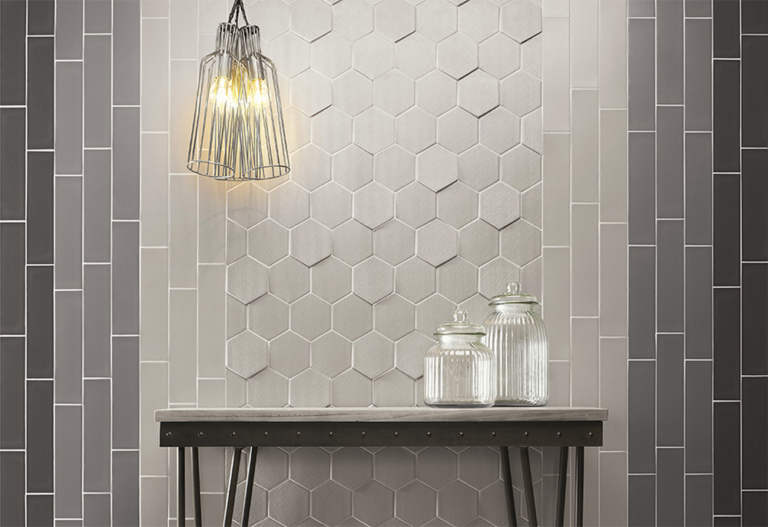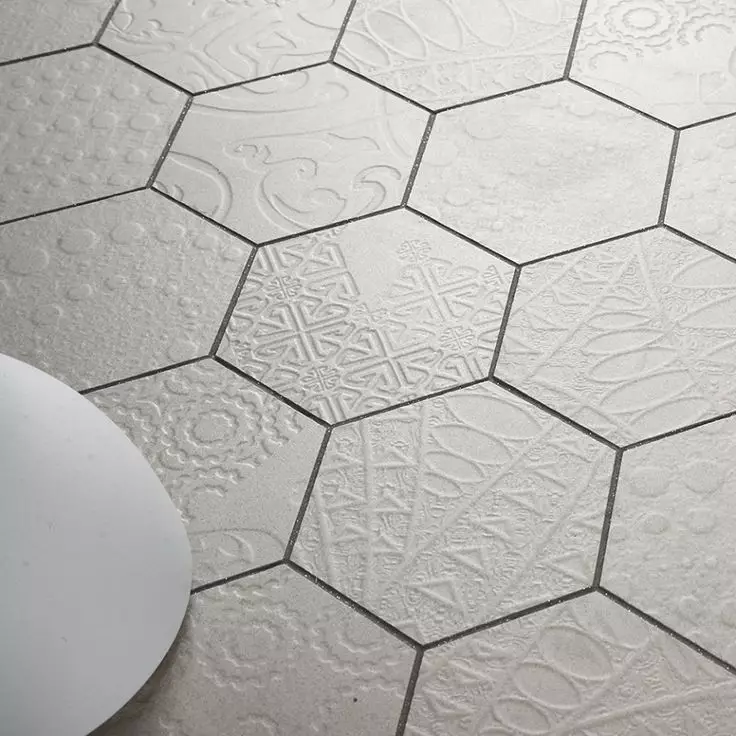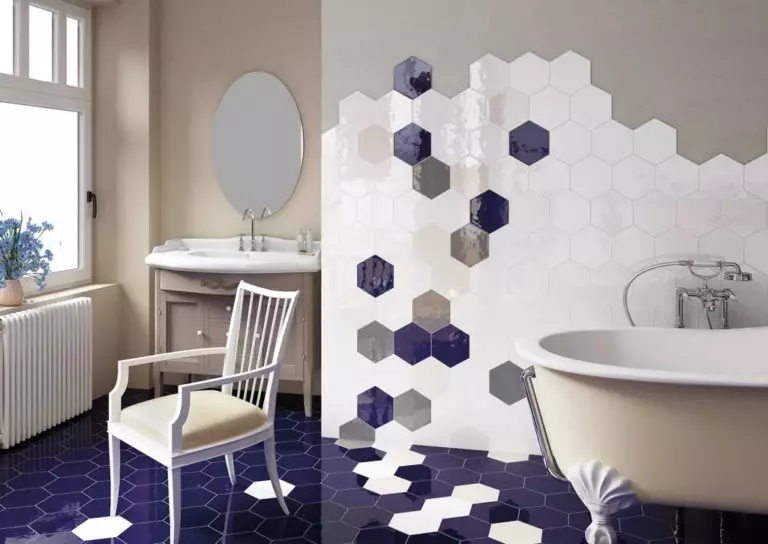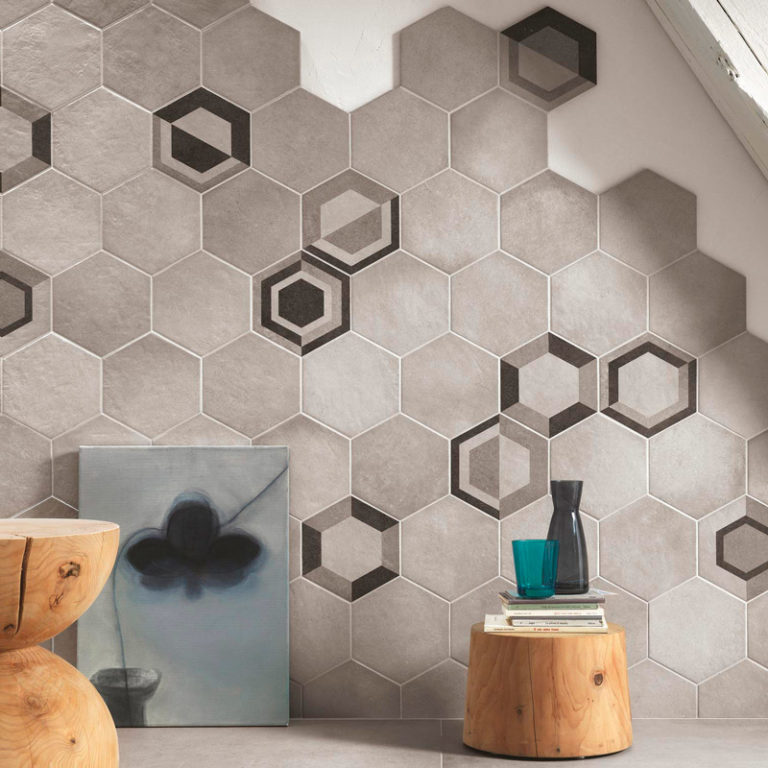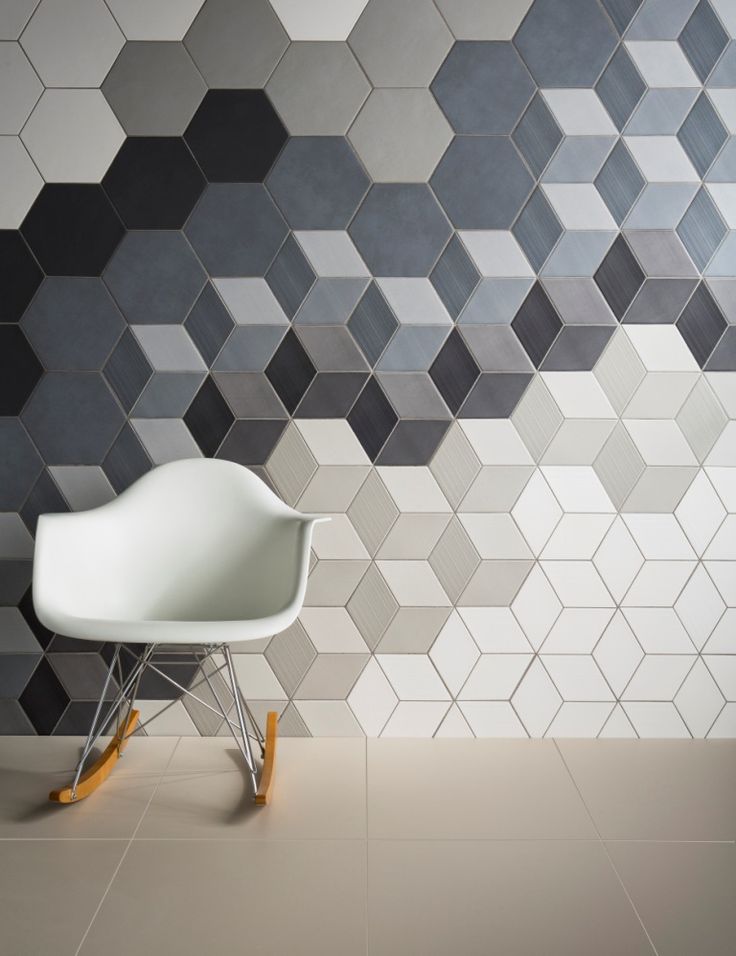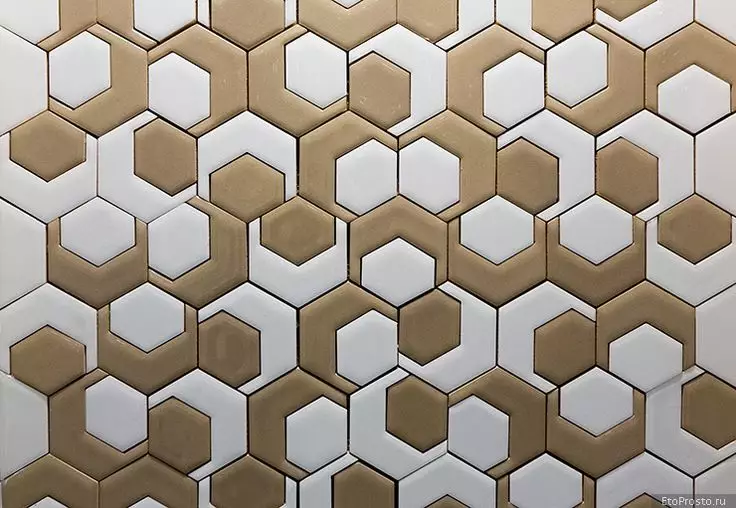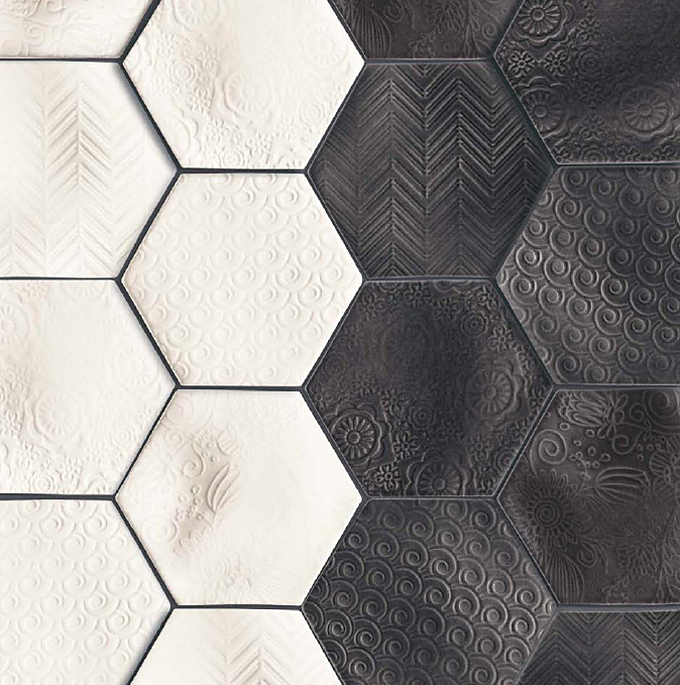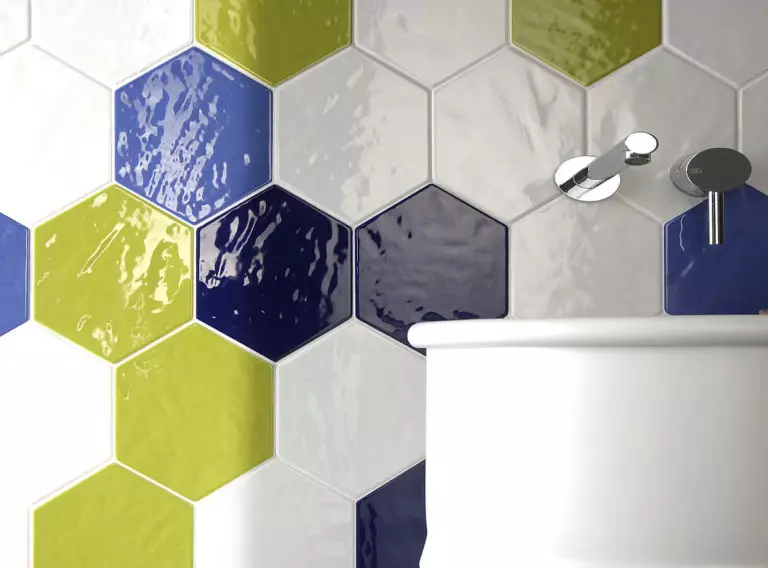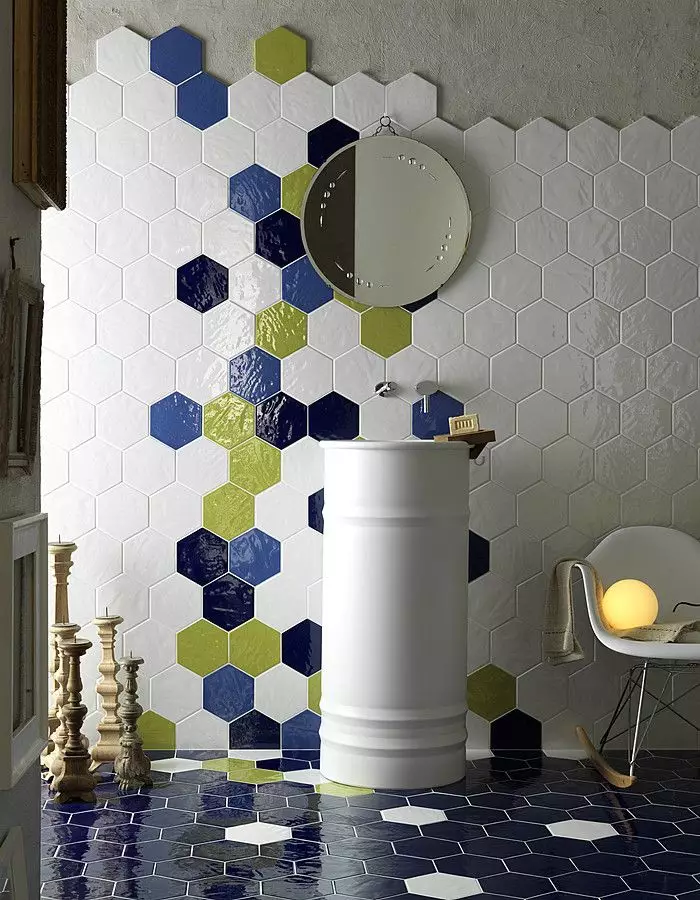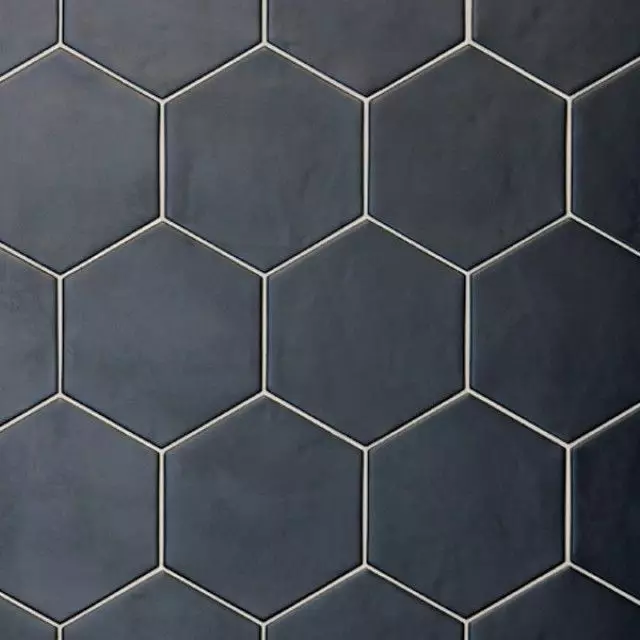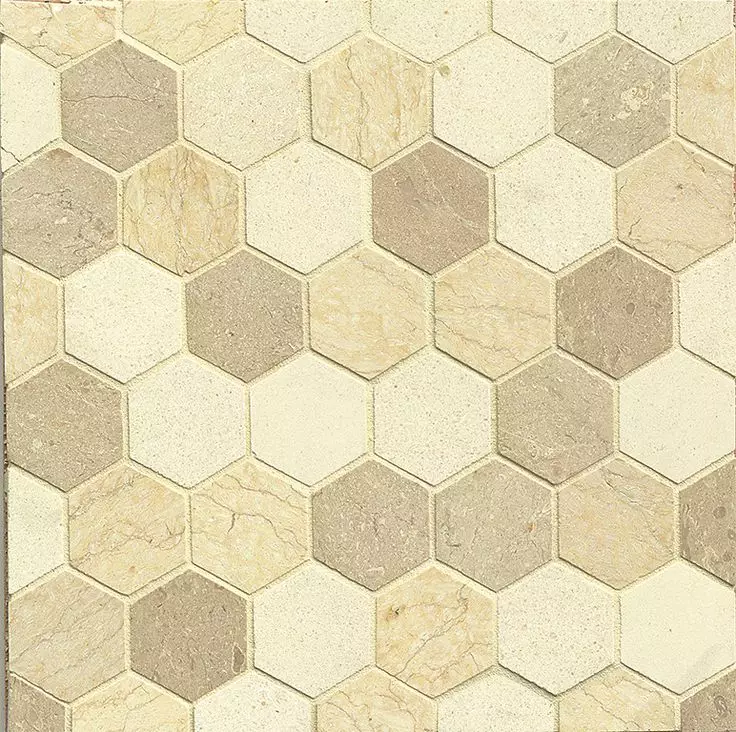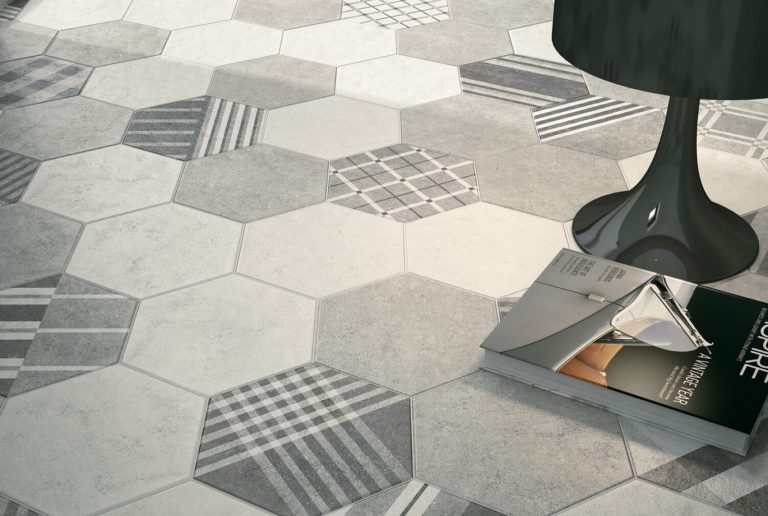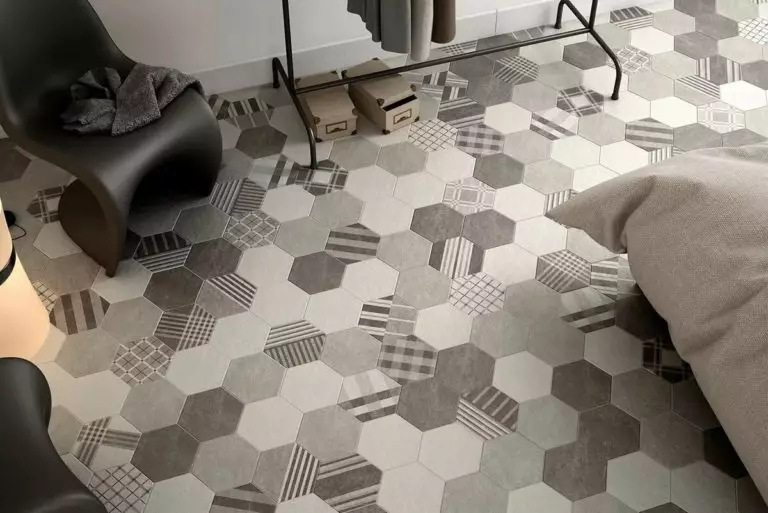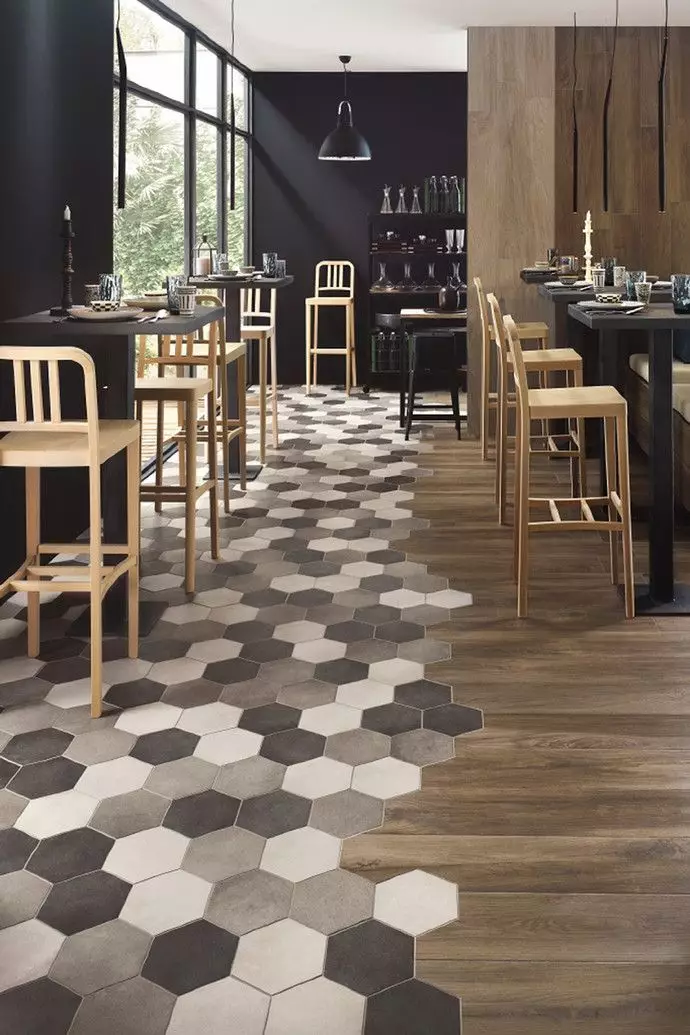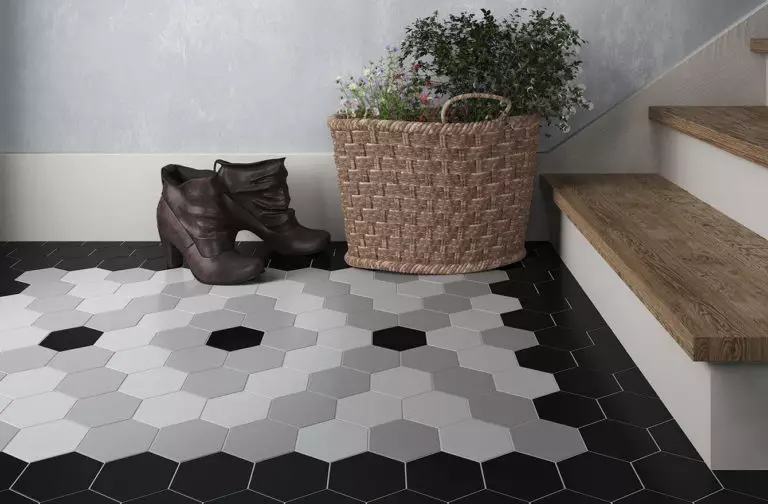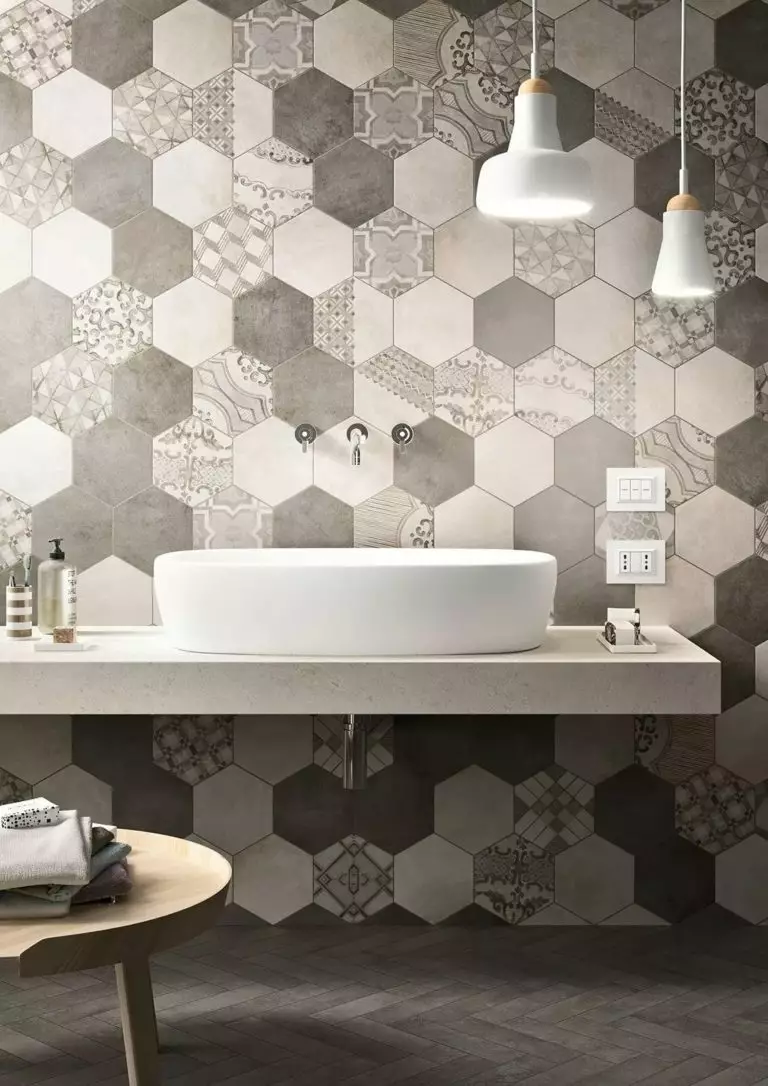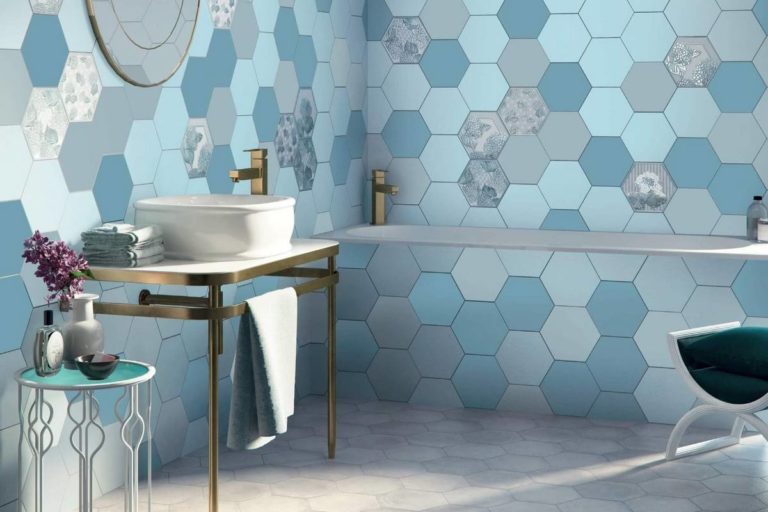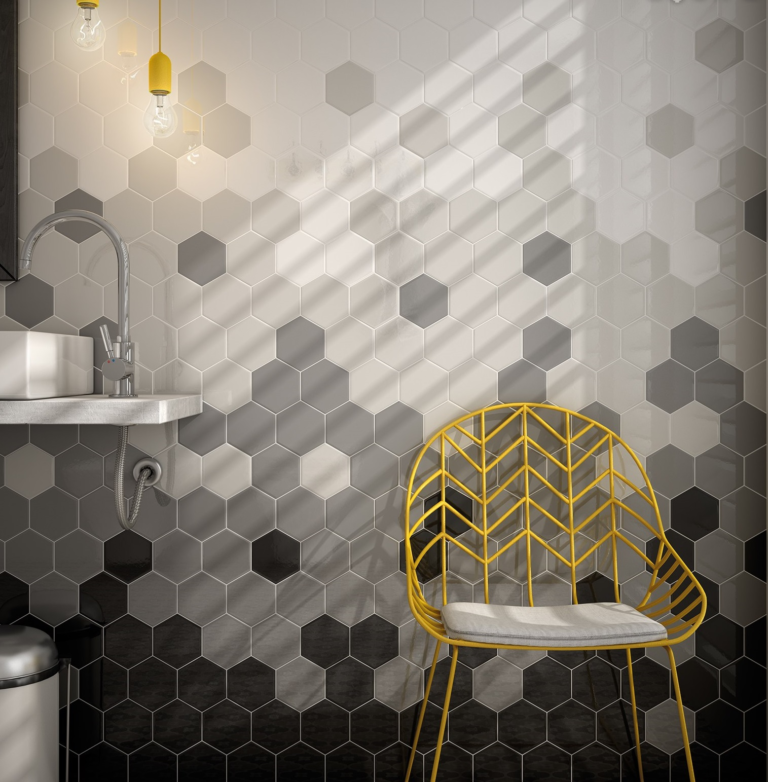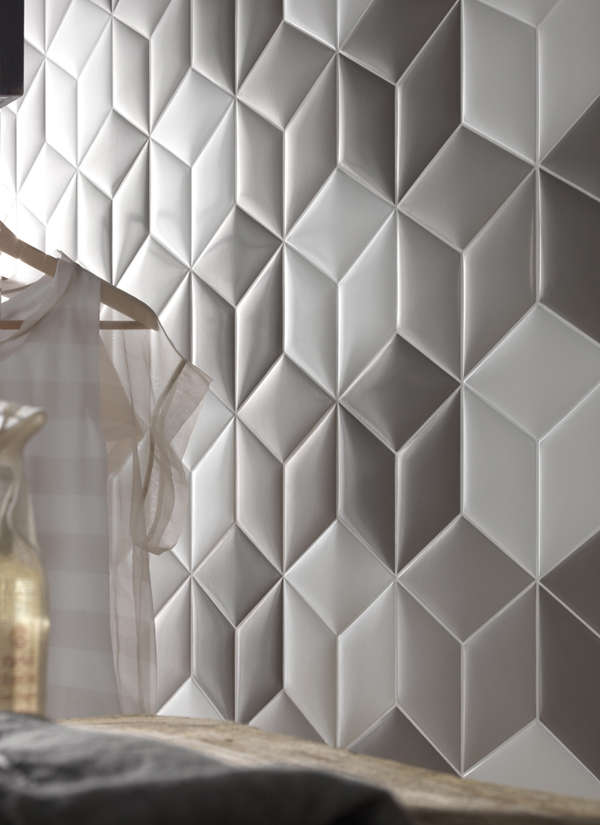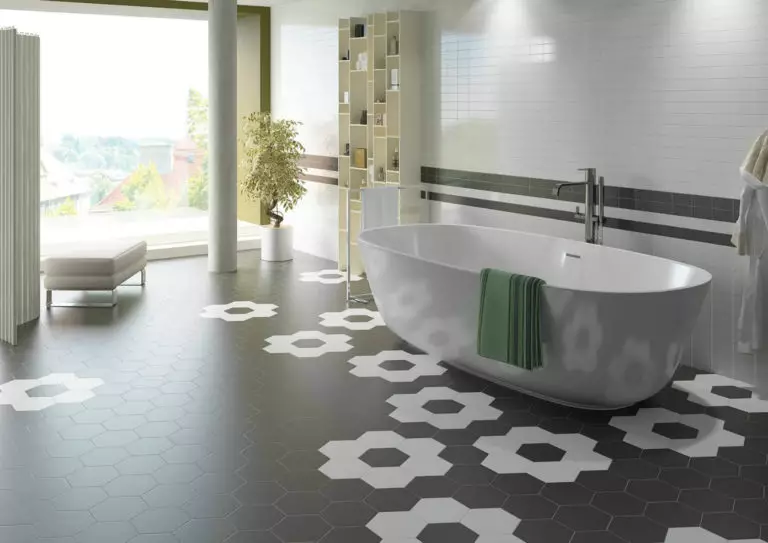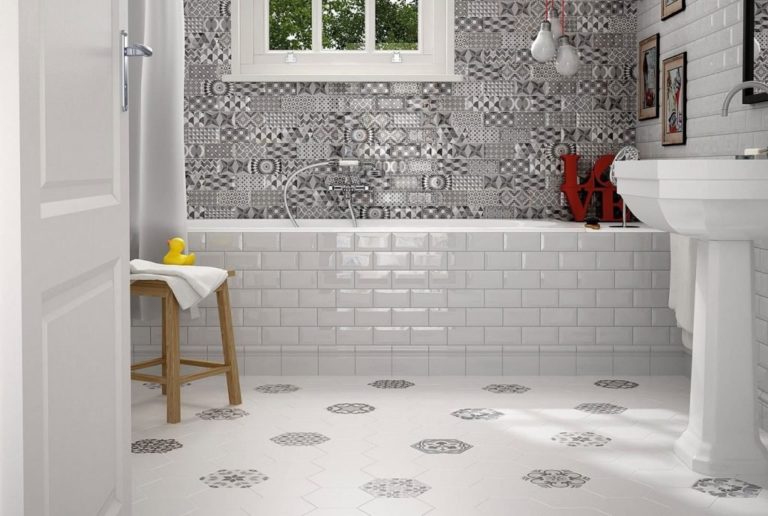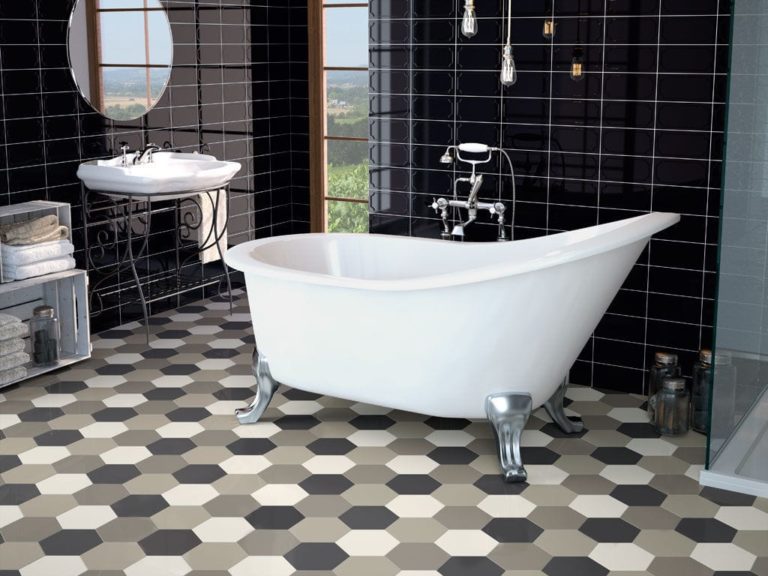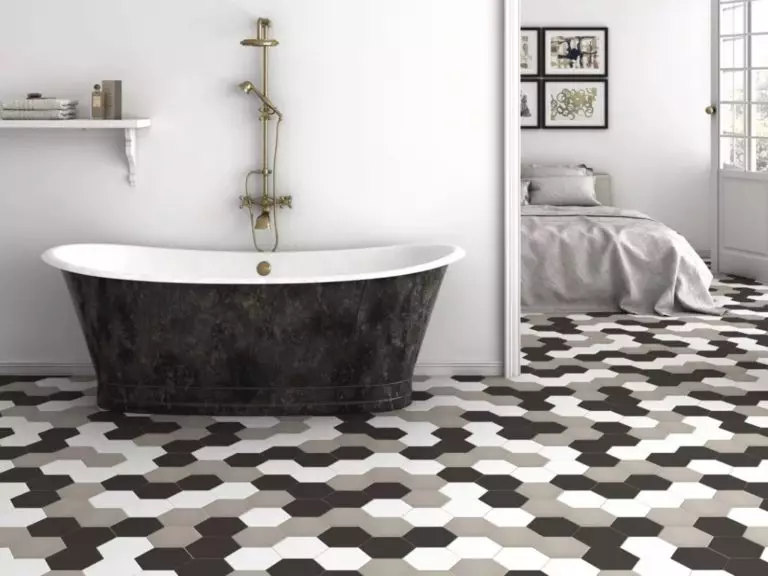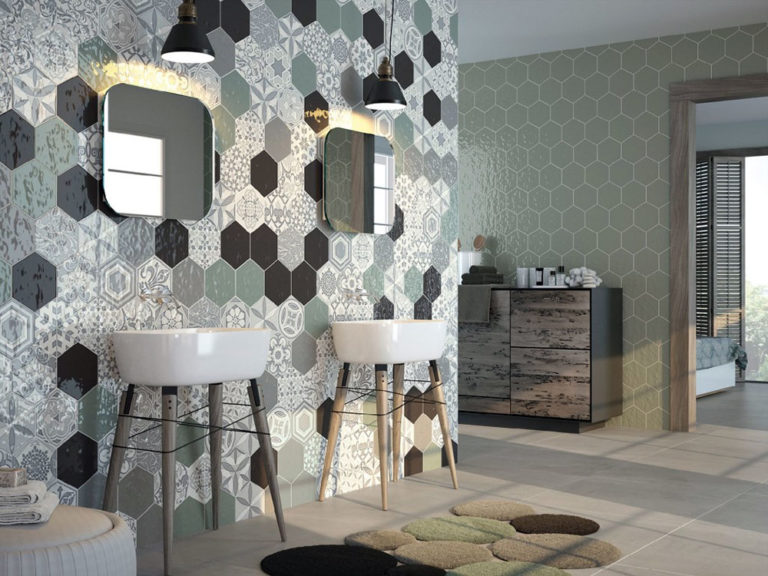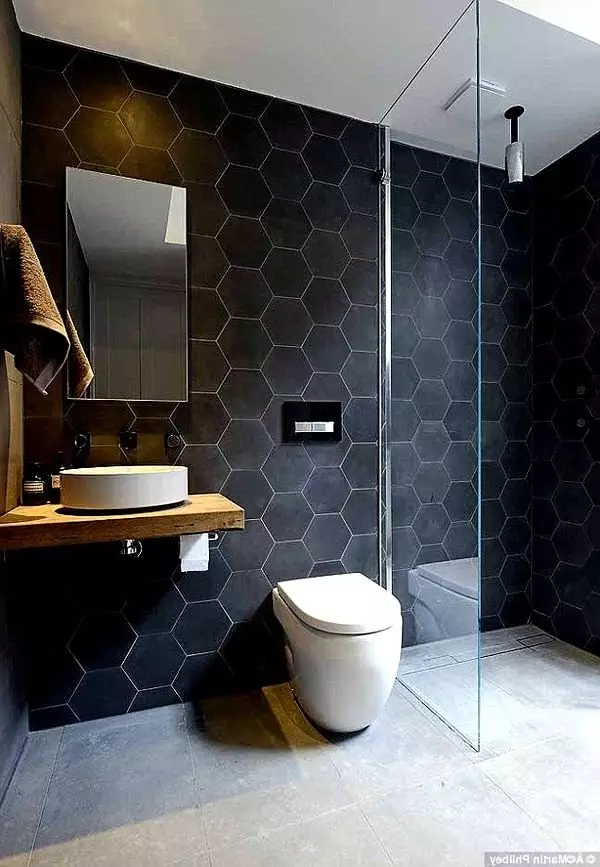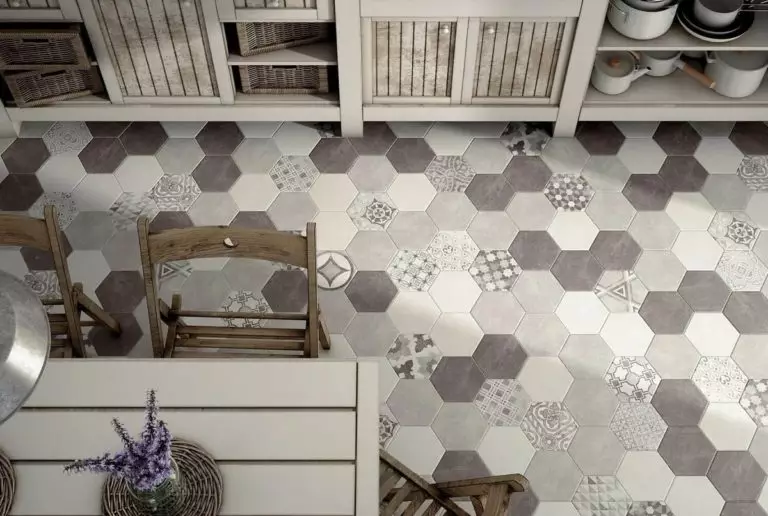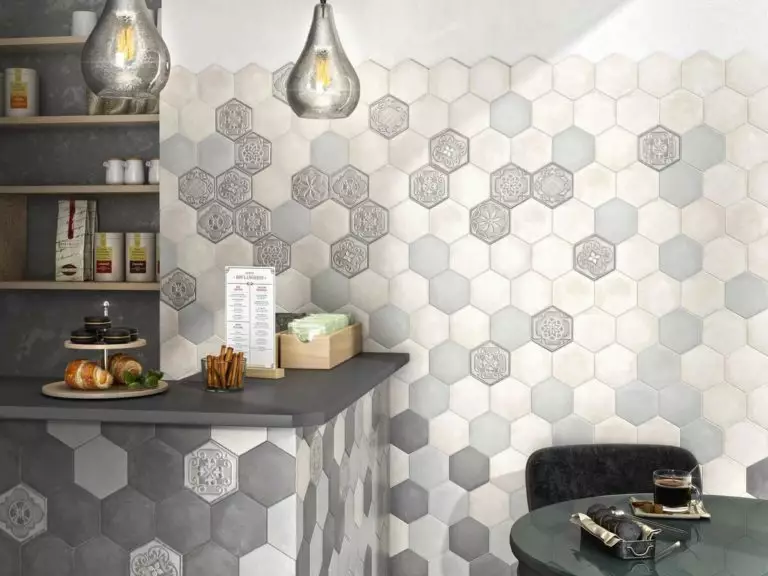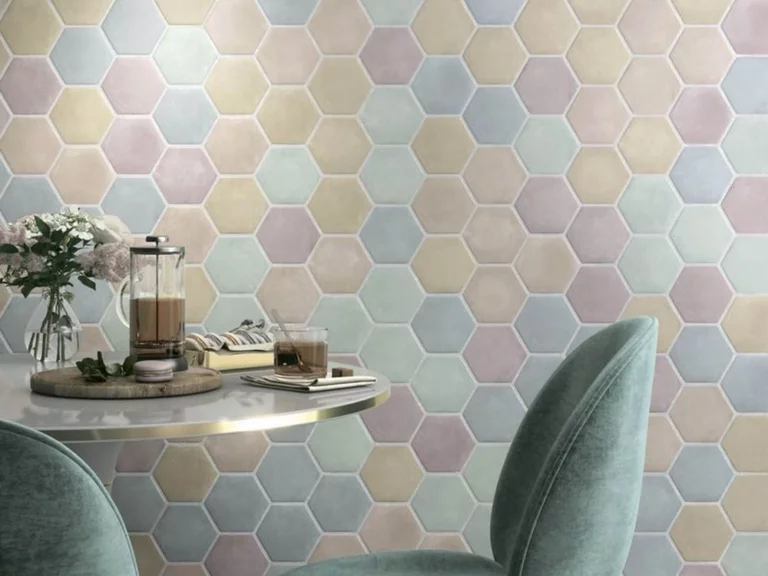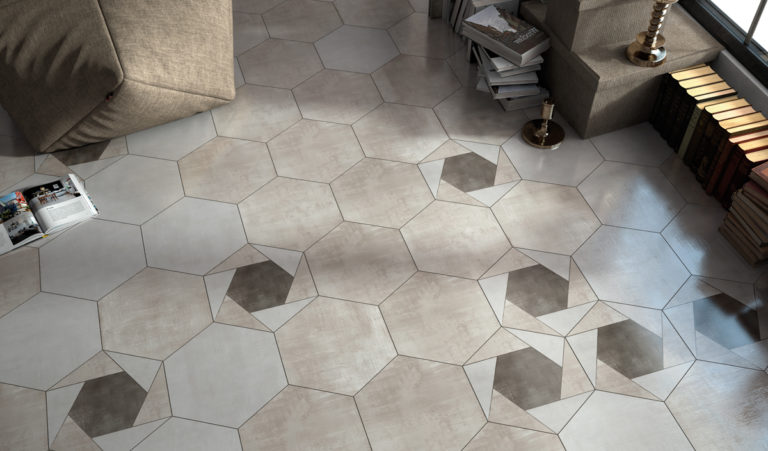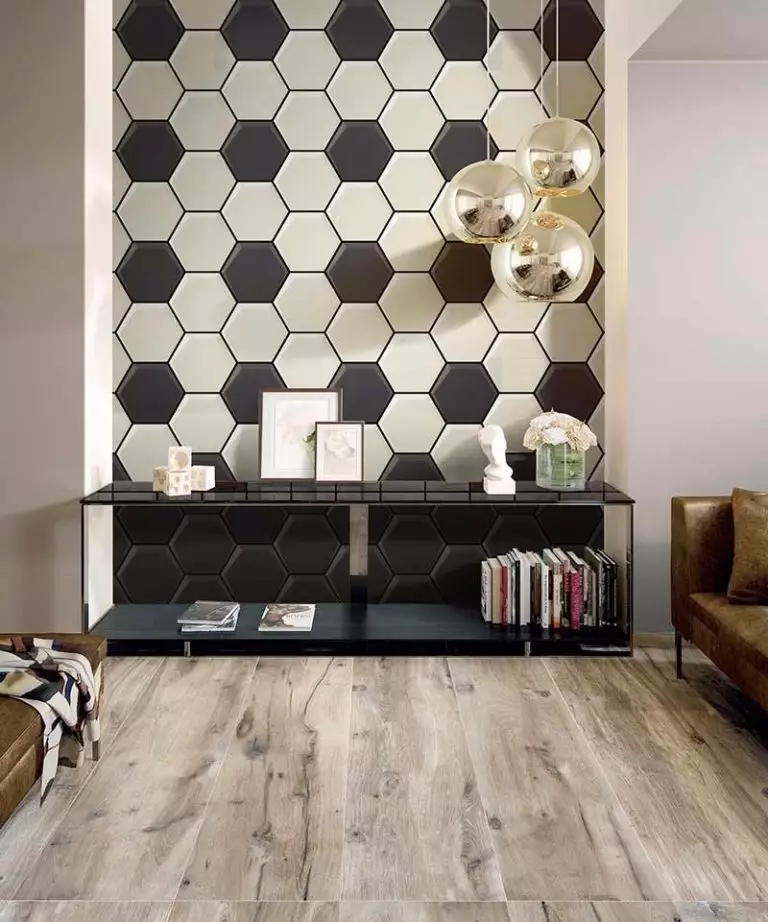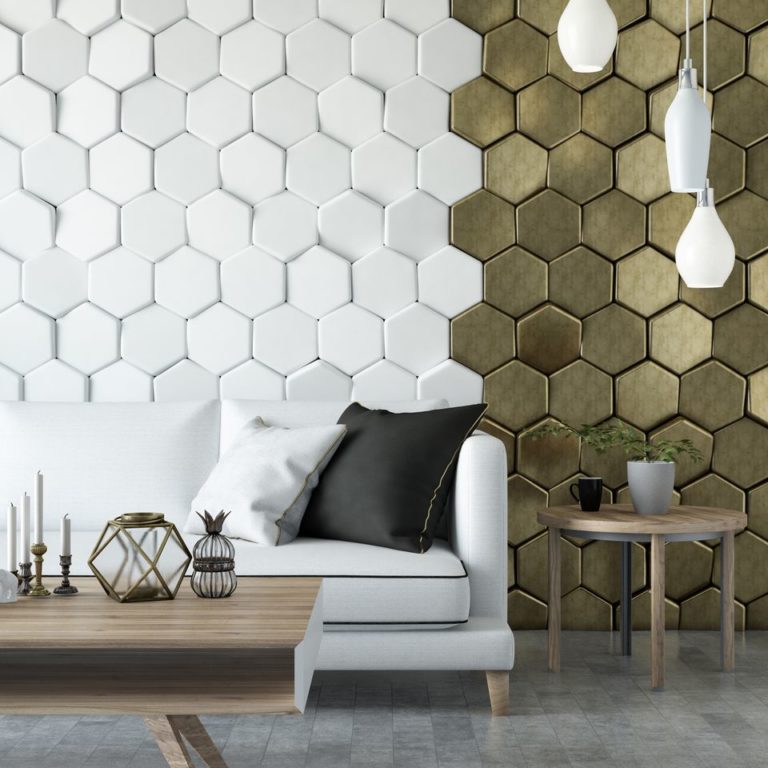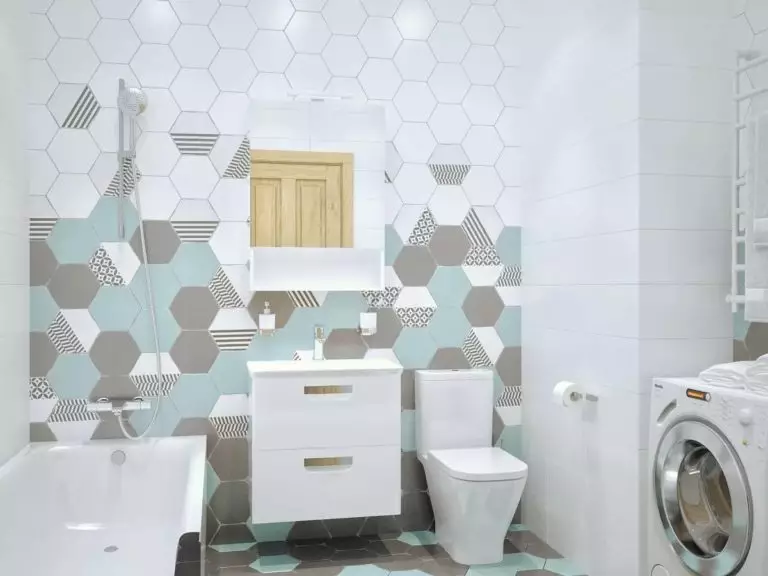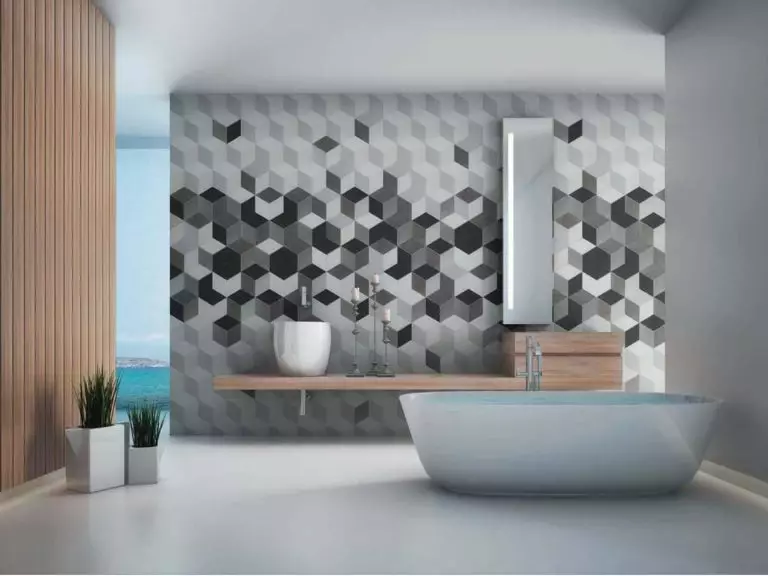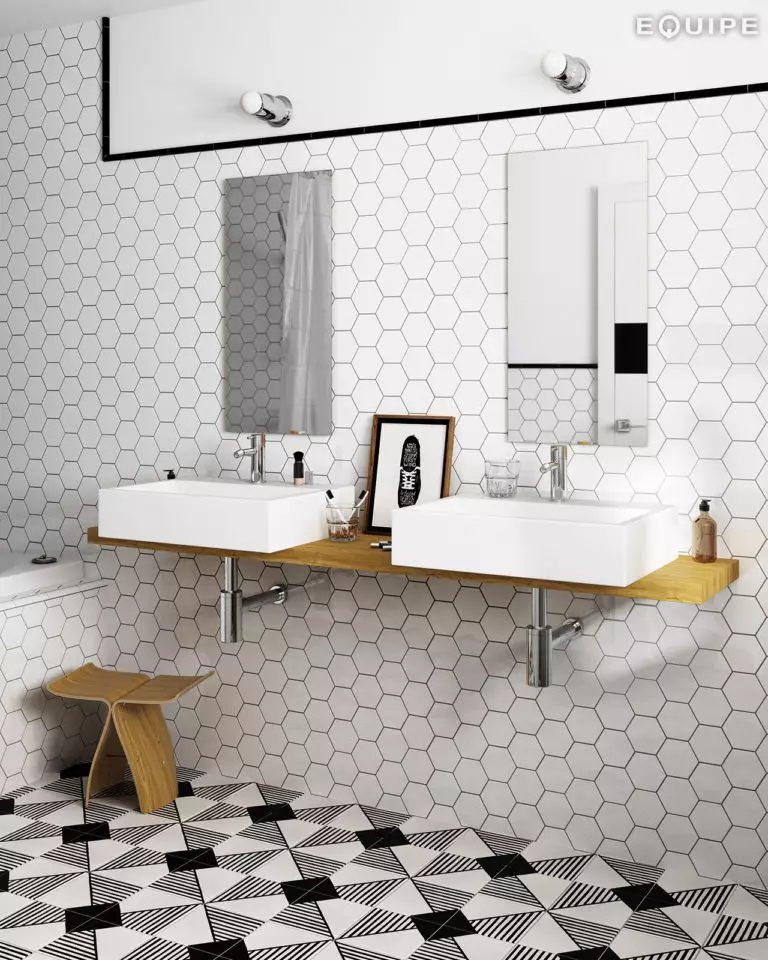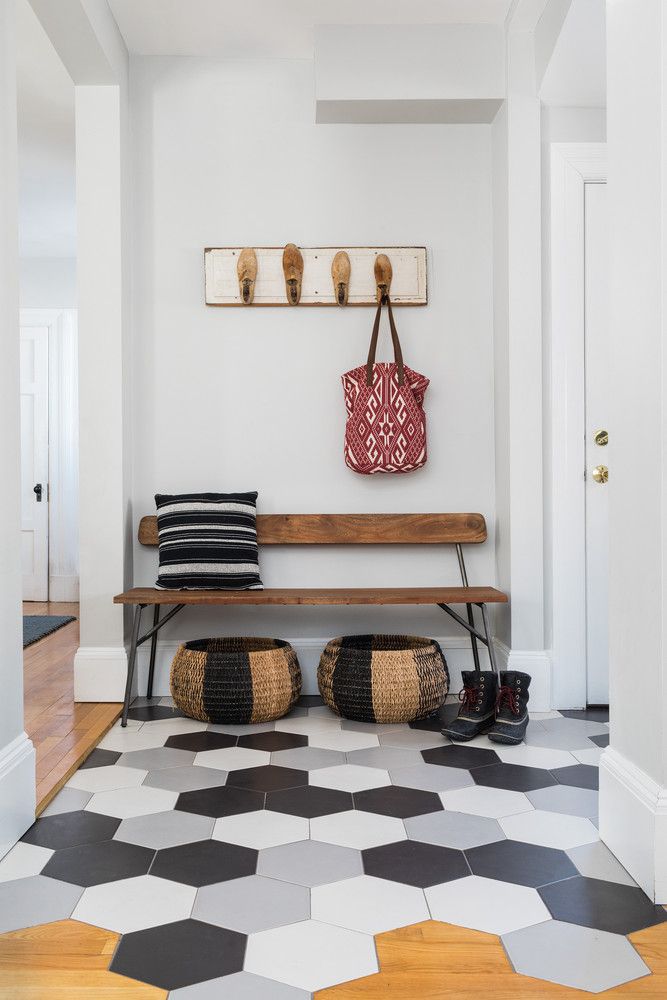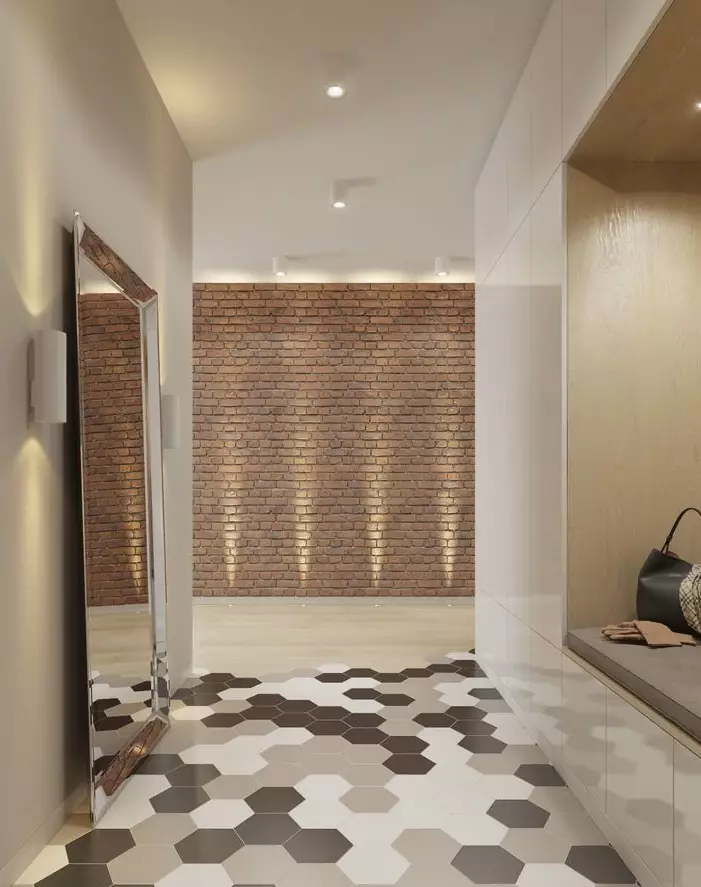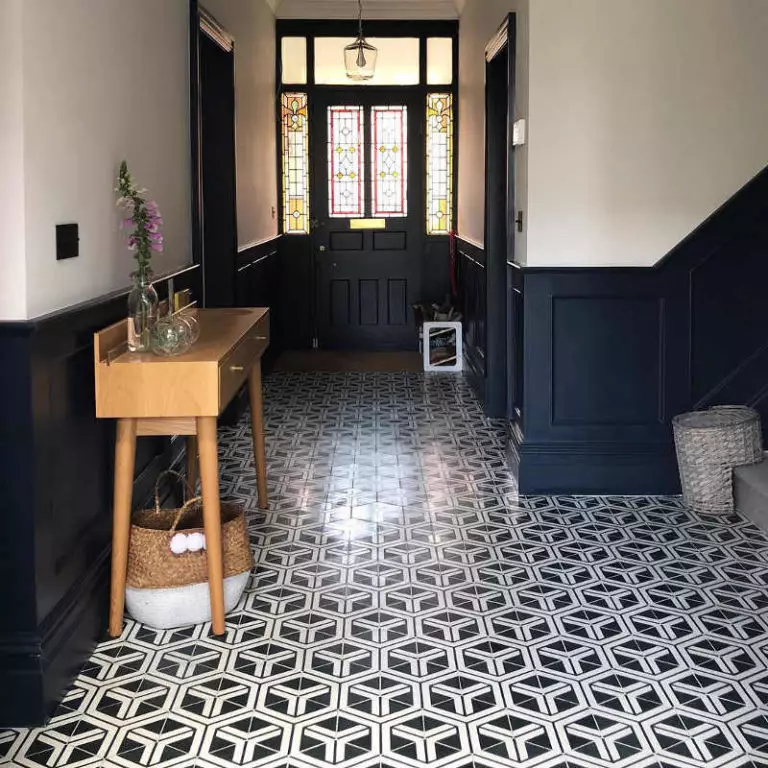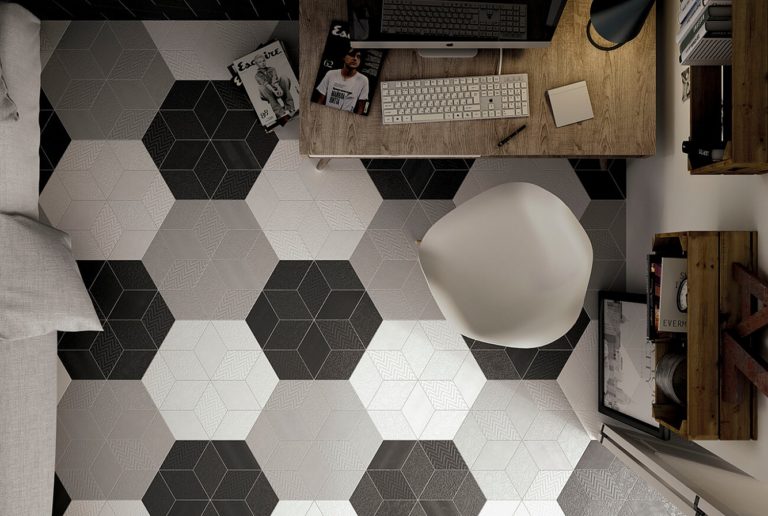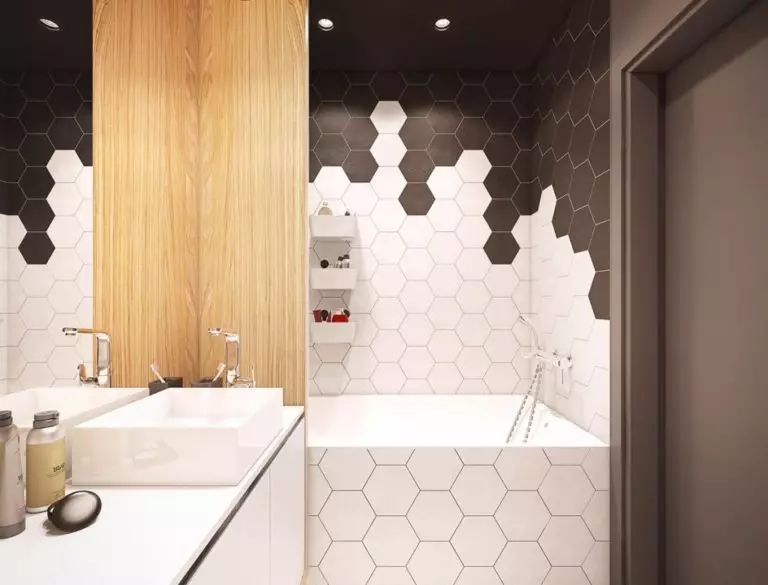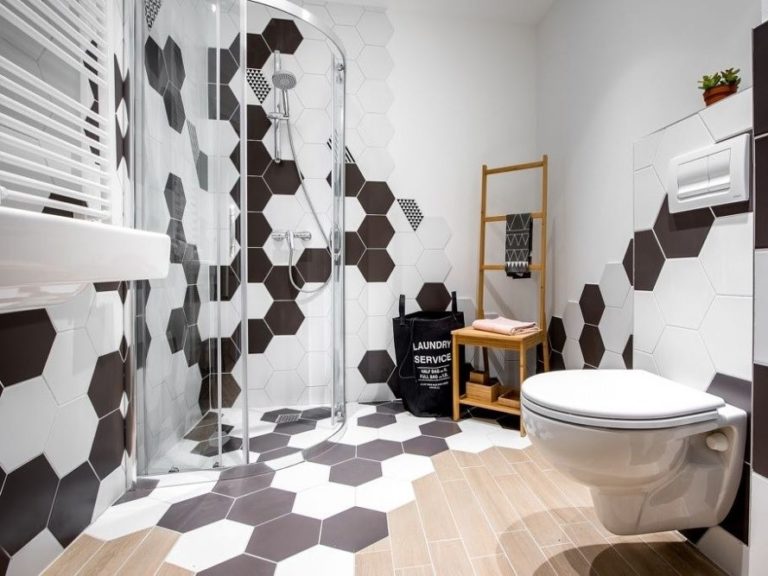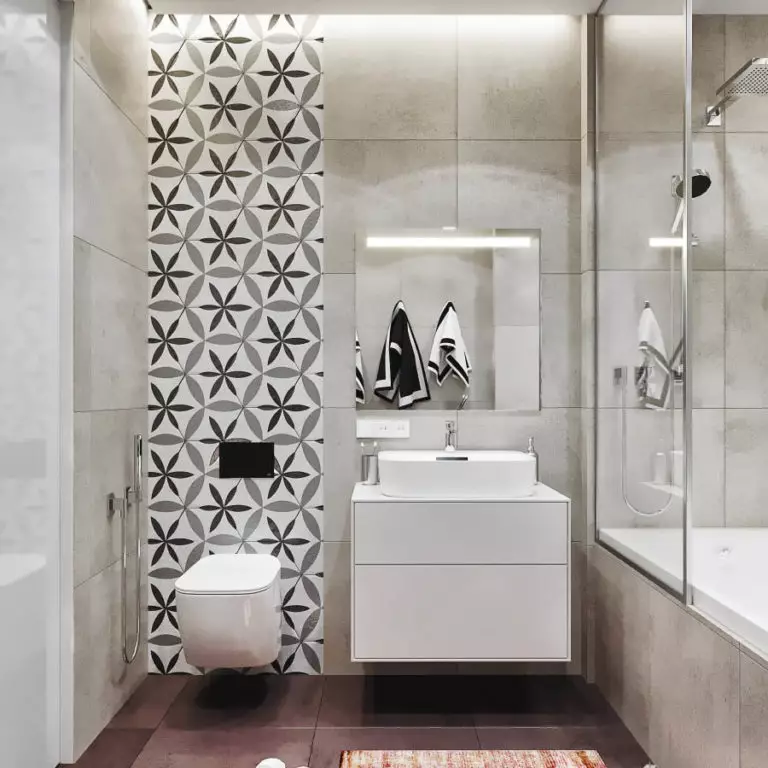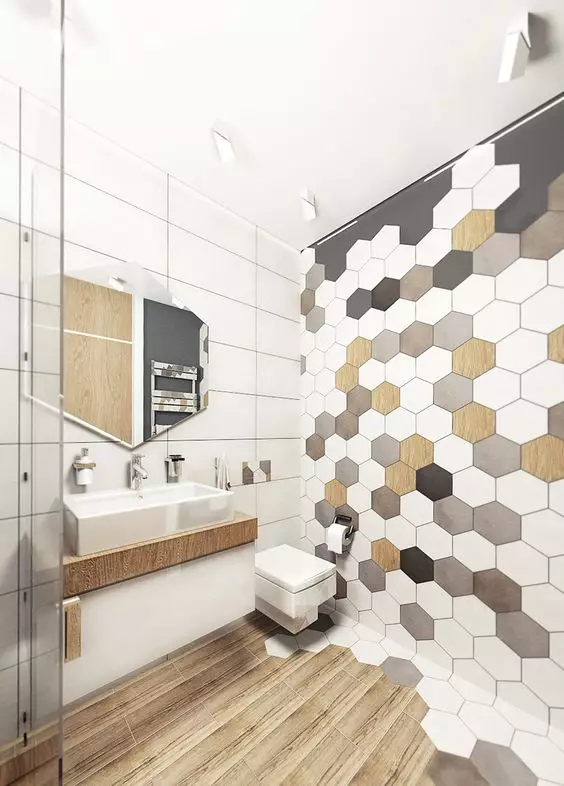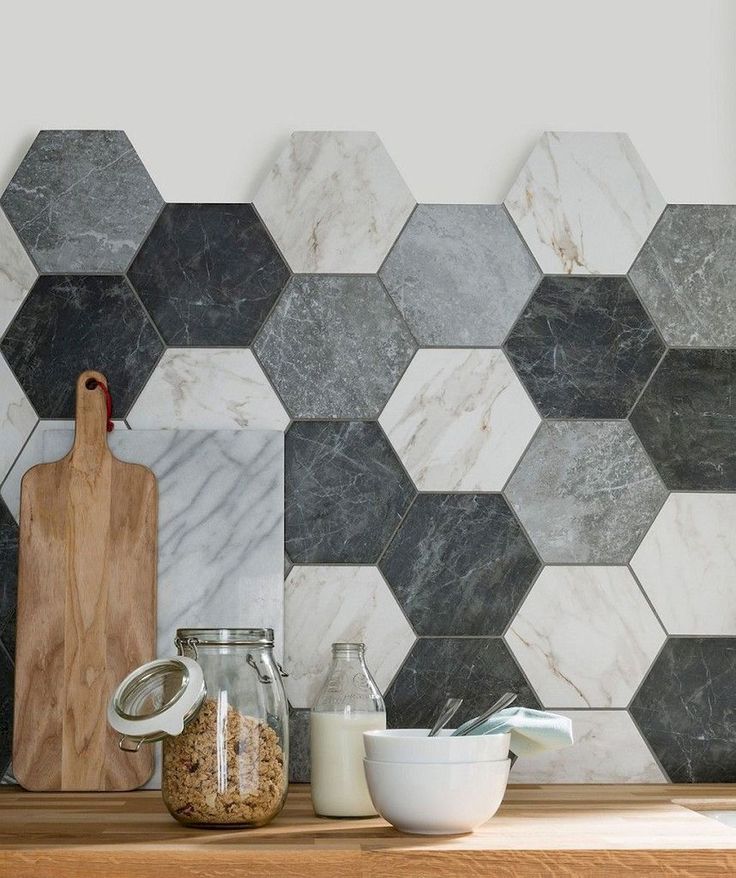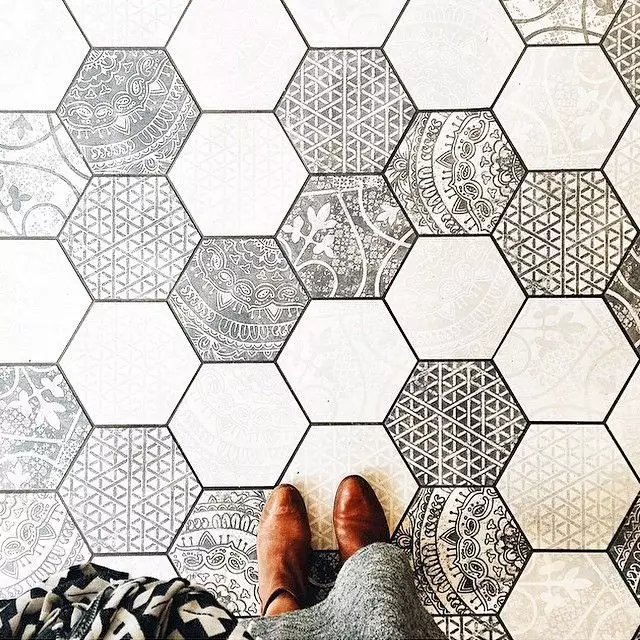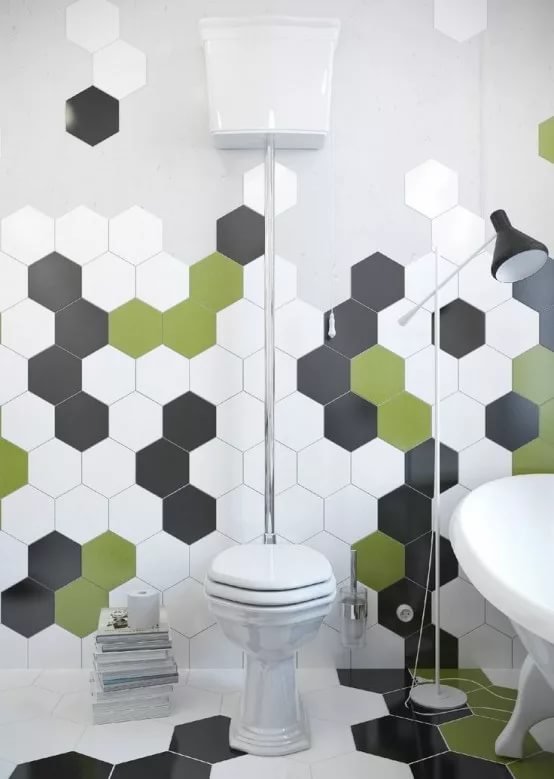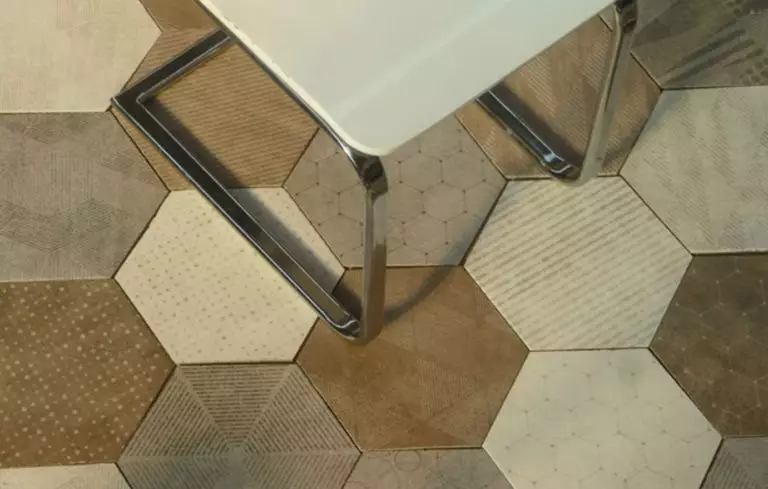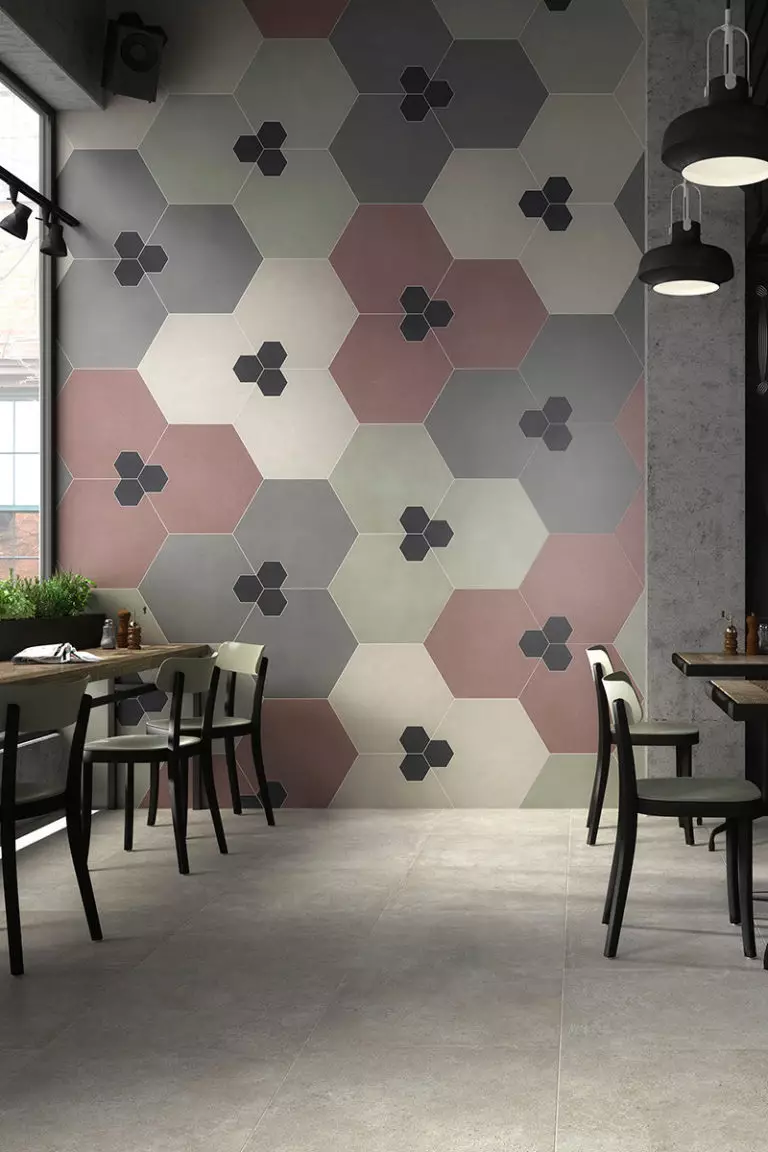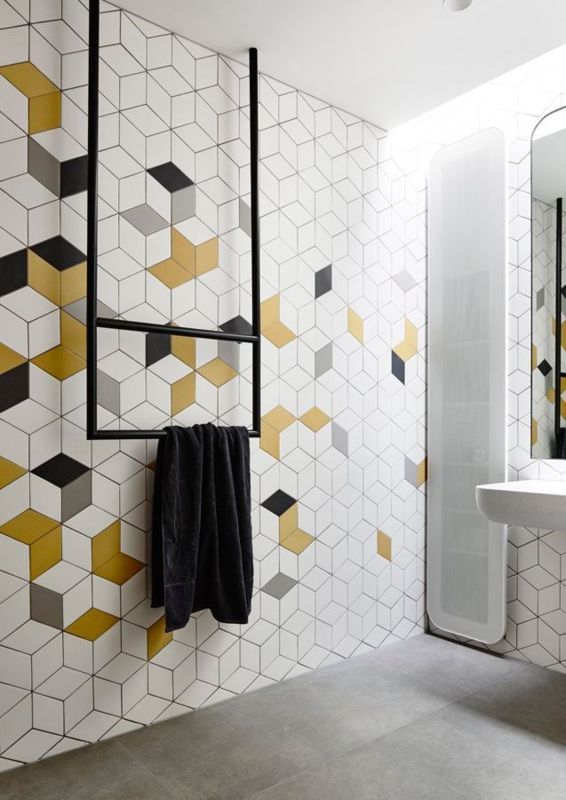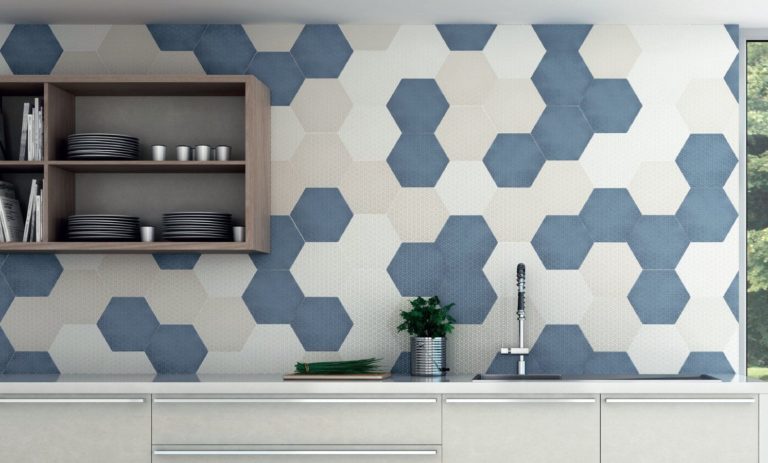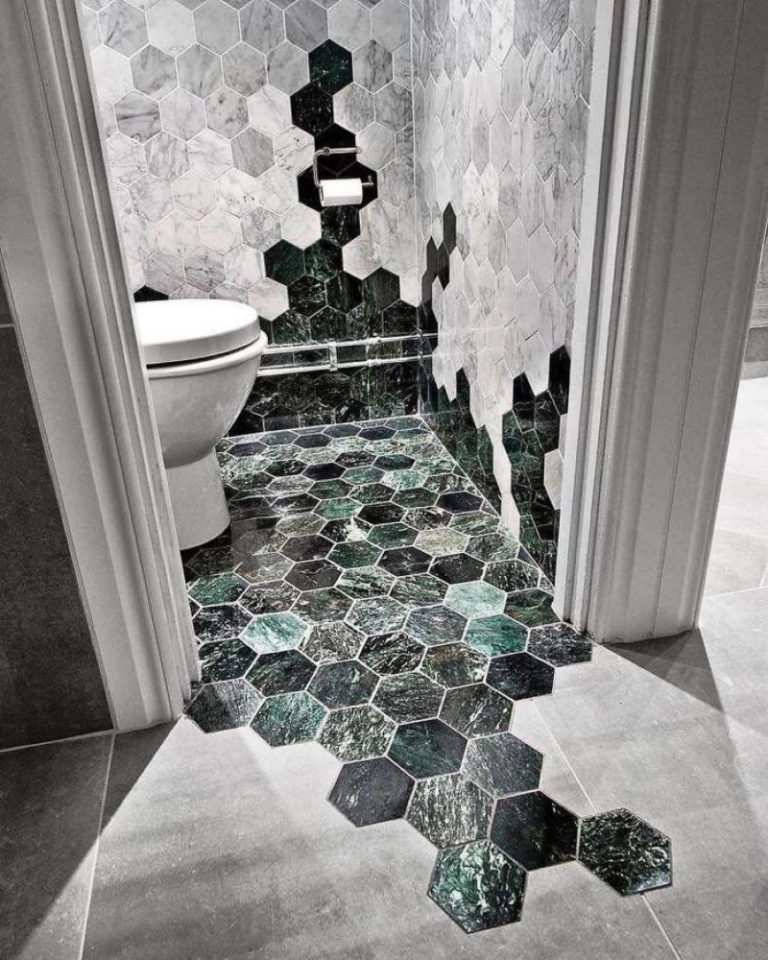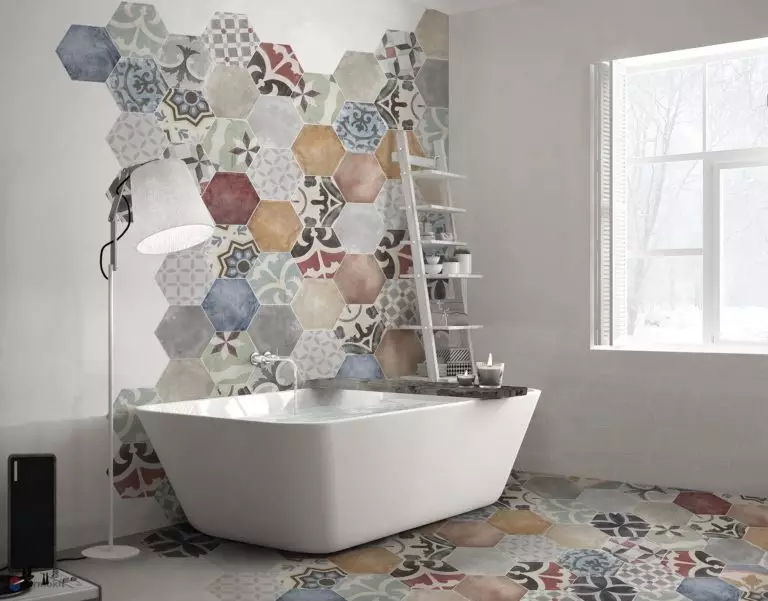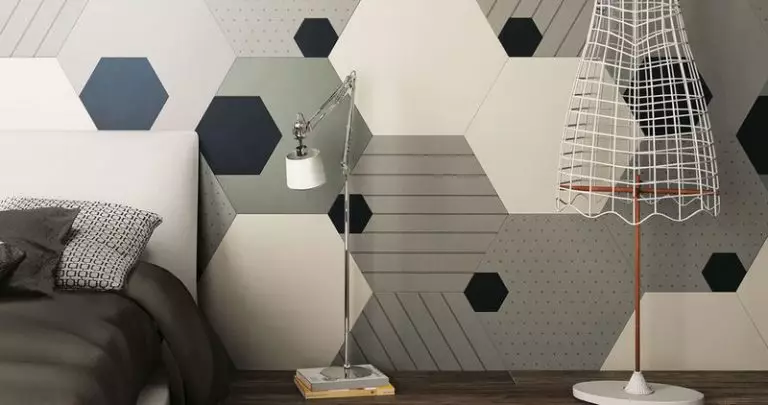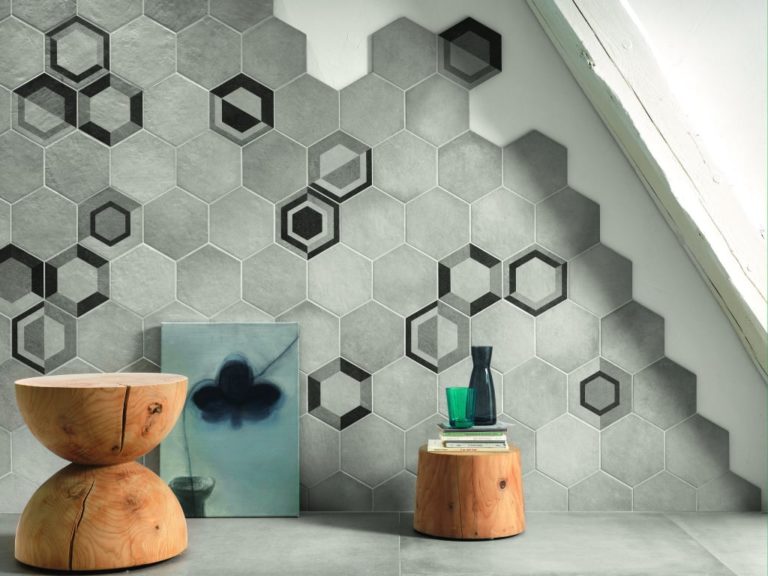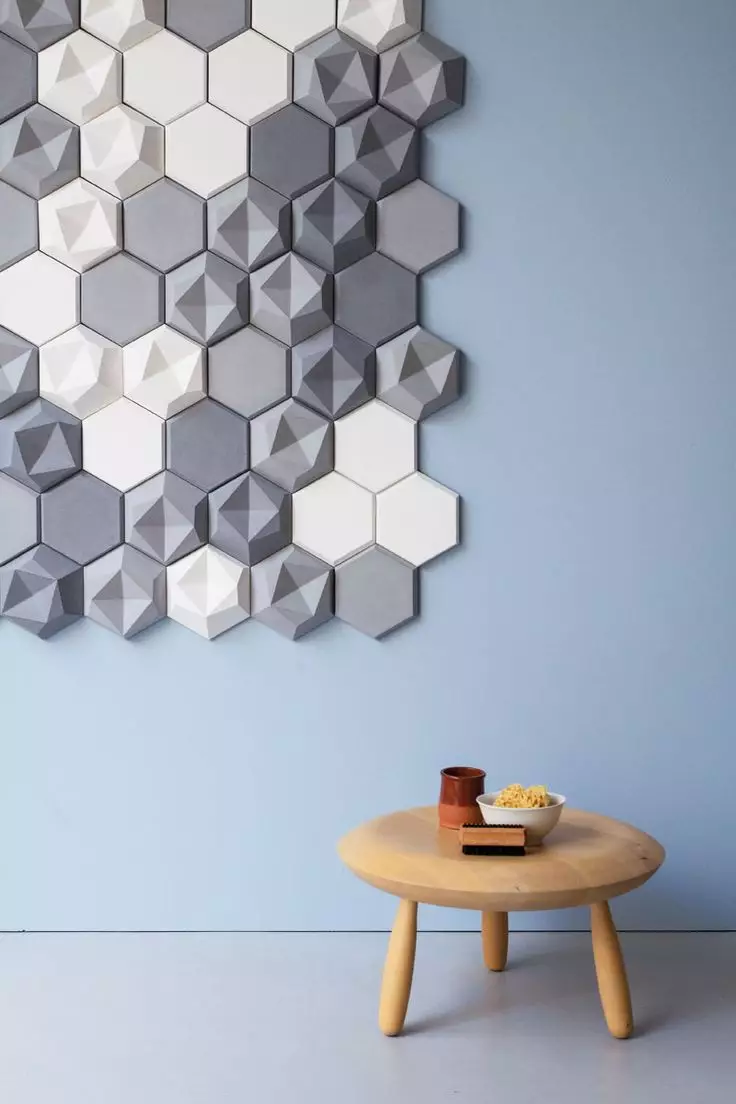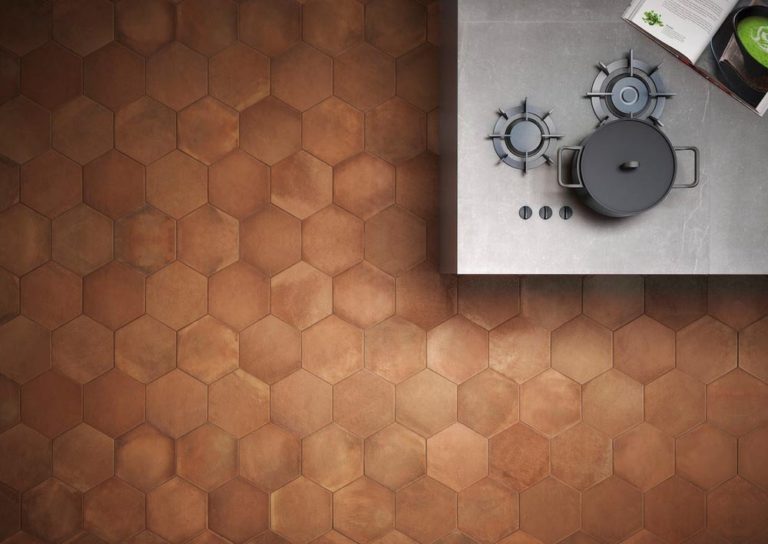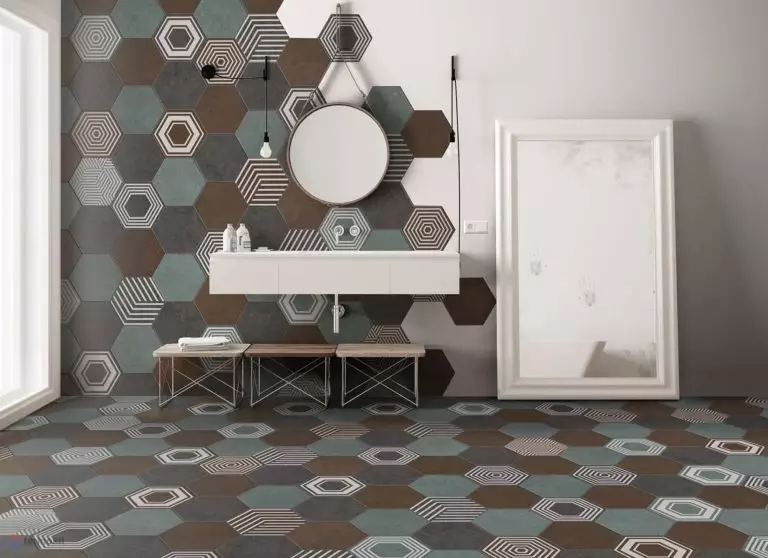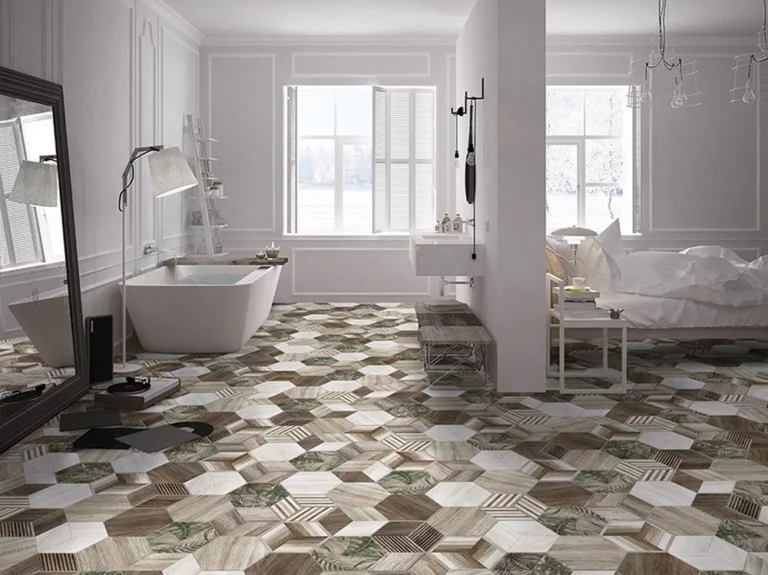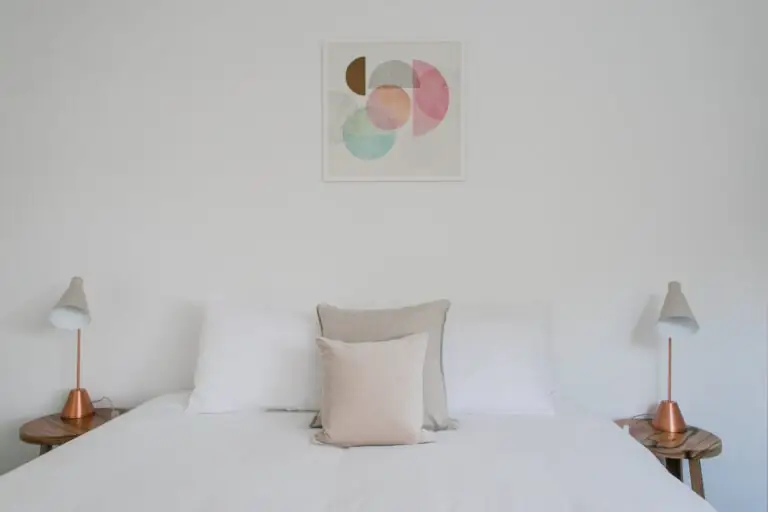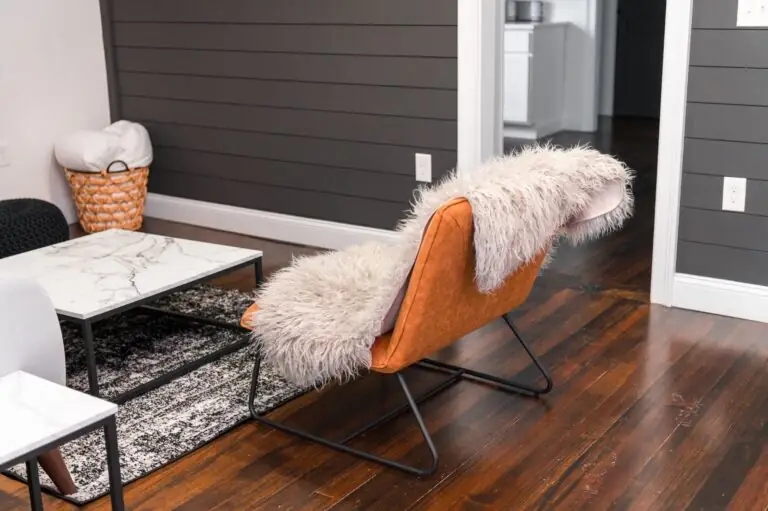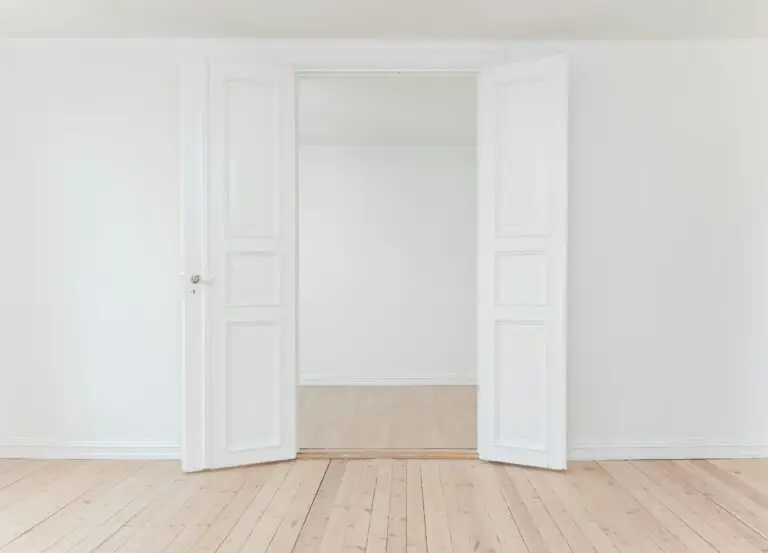Hexagonal floor and walls tiles: lasting and stylish decor option
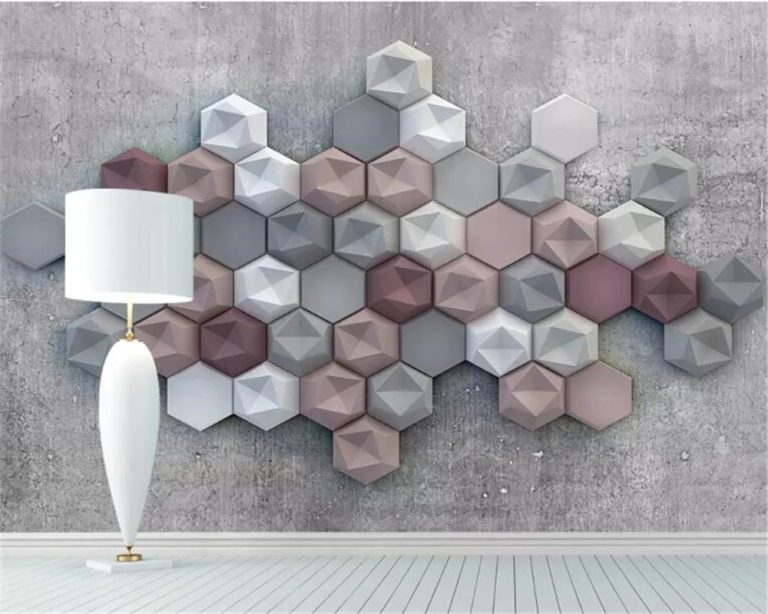
In ancient times, the regular hexagon was a symbol of abundance, beauty, a harmony of symmetry, the image of a person.
One of the oldest references to the hexagon in architecture is the temple of Jupiter Heliopolitan Zeus, created by the Romans in the 200s of our era. A hexagonal courtyard was built in front of the sanctuary – a clear attempt to tell god Jupiter how honored he is.
Hexagon tile confidently holds a leading place in the line of formats of factory manufacturers. Customers and designers fell in love with honeycombs. They now elongated honeycombs and their interpretation for the unusual shape, even in the simplest version, for a wide range of decorative possibilities when using budget series.
Hexagon tiles began to appear in Italy and Spain – where the best interior trends are born. The top of its existence was the famous relief tile with marine patterns, which was created by Antonio Gaudi at the beginning of the XX century.
As for residential interiors, creating a “bee” dwelling, that is, perfectly thought out and comfortable, is the dream of any architect or designer. The shape of the hexagon is actively used to create furniture, decor, and decoration, but tile is a classic.
Hexagonal tiles are used not only in the design of the bathroom and kitchen but also in the living room, or hallway. With the help of such a tile, it is possible to originally zone the space in the room, separating, for example, the kitchen from the dining room.
Hexagonal tiles features
Hexagon tiles are used to decorate floors and walls. As a rule, such tiles are smaller than other types of tiles.
The hexagonal coating is also called “tile-honeycomb.” This name is because the elements of such a layer are somewhat similar in appearance to honeycombs from a beehive.
Hexagonal patterns look more interesting than other types of tiles. It is combined in a variety of ways.
Using it, you can create an interesting pattern on the walls or the floor using multi-colored combinations. You can stack it according to different schemes and principles.
Hexagonal tiles: advantages and disadvantages
Hexagonal tiles are very different, mainly concerns with the styling process, as well as their qualities. The unusual hexagonal shape is now in fashion; it often replaces classic rectangular or square shapes. Thus, the main advantage is the relevance and originality of such a coating.
Also, there are a vast number of options and methods for laying this coating, and many schemes are merely fascinating. With it, you can finish floors and walls in apartments with an interior of any stylistic orientation. Manufacturers represent a wide variety of colors and different shades. Moreover, these patterns can also be applied to add designs or drawings that combine. Thus, each tile can be a small piece of a large and beautiful puzzle.
In general, such a coating, like other similar models, is moisture-resistant and durable. The coating lasts a long time and well tolerates mechanical and thermal influences.
But there are some drawbacks of such a tile: it is quite difficult to lay and assemble it yourself. Tiles of square and rectangular shapes are easy to join, but such a tile must be applied very straight, and at the same time, you need to know some subtleties and rules. Laying according to a certain scheme is a time-consuming process because even installation without following the drawing takes several times longer than laying tiles of standard shapes.
Another disadvantage is the high cost of such material. Typically, standard models are much cheaper, because in general, they are simple in design.
The disadvantage that arises from the multiple forms of this material is the complexity of its cutting and the high probability of chips.
Hexagons tiles finishing
Oddly enough, today, there are already a lot of realized design solutions in which honeycomb tiles are actively used as decorative finishes. Description of ready-made options allows you to get a broad idea of the application of the described material in the interior.
Floor finish
Most often, honeycomb tiles are used to finish the floor. The honeycomb-shaped tile has a softer shape; during assembly, it allows you to get coatings with practically no visible joints.
Designers prefer to use the described material for zoning the room: tiles in the form of honeycombs on the floors form a smooth, natural transition, not as categorical as the transition created with a square-shaped tile. This technique is often used to separate the kitchen and dining areas in the studio space.
Hexagon tiles made of porcelain marbled or natural stone are best suited to create the effect of expensive space.
Particularly noteworthy is the honeycomb floor tile in the mosaic style. The use of mosaic-style hexagonal tiles has several undeniable advantages:
Pay attention! The use of hexagon tiles – a colorful mosaic – requires moderation in the application of other bright decorative elements. Therefore, the walls should be one-color. The shade of the walls, in this case, should overlap with the color of the hexagonal tiles.
Another option for creating an artistic flooring is the choice of a hexagon with a complex 3D pattern. It helps create incredibly attractive floor coverings that always look quite luxurious.
Another design technique is laying hexagonal tiles of a specific ornament. Using tiles of different colors, experienced artisans create beautiful carpets, the patterns of which always remain original.
If necessary, the hex can be pulled out or vice versa, to create the effect of a compressed rhombus. If you manage to maintain symmetry, the floor design is excellent.
Wall finish
Hexagon-shaped wall tiles are used for decorating the kitchen’s backsplash and for wall lining in the bathroom. The surface is too textured. But for the adequate distribution of accents, the described material fits perfectly.
The most popular design technique is the formation of an asymmetric finish using a hexagon. Simultaneously, the floor tile of the honeycomb is in perfect harmony with the wall tile.
You can choose a hexagonal tile of contrasting colors for wall cladding. Let the main white color dominate, piece modules of dark color fit quite nicely into it.
No less popular is the hexagonal wall tile, decorated in the style of mosaic. Its functions and application principles are similar to those of a floor covering made in the same manner. Therefore, it makes no sense to dwell in more detail on the description of this option.
Hexagonal tiles design
Currently, manufacturers present many varieties of hexagonal tiles, which have already ornaments and patterns. For example, models with a pattern look more vivid. As a rule, manufacturers apply asymmetric and abstract decorations. Geometric shapes and straight lines are not used to decorate such a tile since it already has many angles.
Patterned tiles are great for hi-tech or minimalism. Looks excellent in such interiors and mirror tiles in the form of honeycombs. It attracts attention and allows you to fill the center with light, to set fashionable accents.
Tile design may vary in color. So, within the framework of one collection, manufacturers present models made in alongside shades of the same color scheme. Thus, you can highlight the bright areas on the floor and layout interesting geometric patterns: flowers, rhombuses, and other shapes.
Another design option for such tiles is the design in one monochrome tone. Moreover, its texture may be artificially aged, that is, it will have abrasions and roughness. Such elements can make the interior more comfortable and a bit vintage. This solution is perfect for Provence or retro style.
Separately, it should be noted the design of laminated hexagonal tiles. Thus, the texture of the tile can transmit other materials: imitation of marble, parquet, wood, metal, leather. The floor or wall, tiled with such tiles, will look stylish and elegant. It is used to focus on individual interior items, and for the general decoration of floors and walls.
The laying of hexagonal tiles
To perfectly lay the hexagonal tiles on the walls or the floor, it is necessary to level and prepare all the surfaces carefully. This is because such items are rather small. The large number of faces can focus on some surface defects because such a tile will not be able to lie flat on an unprepared floor – the edges will stand out, and the floor will appear crooked.
Such a tile assumes a quick divergence of the joints, so you need to control each row and press it tightly. Moreover, for even and high-quality laying, it is better to use special construction divides no larger than 3 mm in size. It is necessary to calculate where the tile will fit the corners. At this point, it should be outfitted correctly. To make the edges even, it is required to use a construction laser.
Hexagonal tiles manufacturers
Manufacturers now present a wide selection of ceramic tile models in the shape of honeycombs, since such coatings are popular.
You can choose the floor and wall tiles included in the English, Spanish and Italian collections. Moreover, in the framework of these collections, there are different color palettes and sizes of hexagonal tiles.
The models in black and white, decorated in the Venetian style, look elegant and attractive. Such finishing materials are perfect for interior decoration in the style of Art Nouveau, minimalism, or hi-tech.
Many Italian brands also rely on the quality characteristics of hexagonal tiles. These models incorporate carbon elements. Thus, a protective film remains on the surface. But thanks to this additional coating, which also plays a decorative role, hexagonal models look more stylish and impressive. Mostly ceramics and porcelain tiles belong to such models.
Moreover, the coating has interesting pearly streaks with a glossy sheen.
Tips when buying the right hexagonal tiles
The proposed assortment of tiles, similar to honeycombs, as mentioned above, is quite large. Therefore, choosing the right material is quite tricky. To simplify the task, follow the advice of professionals. They pay attention to the following facts:
Hexagonal tiles in different rooms
Hexagonal tiles in the kitchen
Hexagonal tiles in the living room
Hexagonal tiles in the bathroom
Hexagonal tiles in the hallway/corridor
Photo gallery – Modern hexagonal tiles
Modern collections of hexagonal tiles can be miniature, almost like a mosaic, or, conversely, very large and reach 50 centimeters in width. This tile can easily fit into both classic and modern interiors, but the main rule is that the color should be restrained and monochrome. We have prepared a selection of the most popular options. Surely you will find one that will attract to you.
